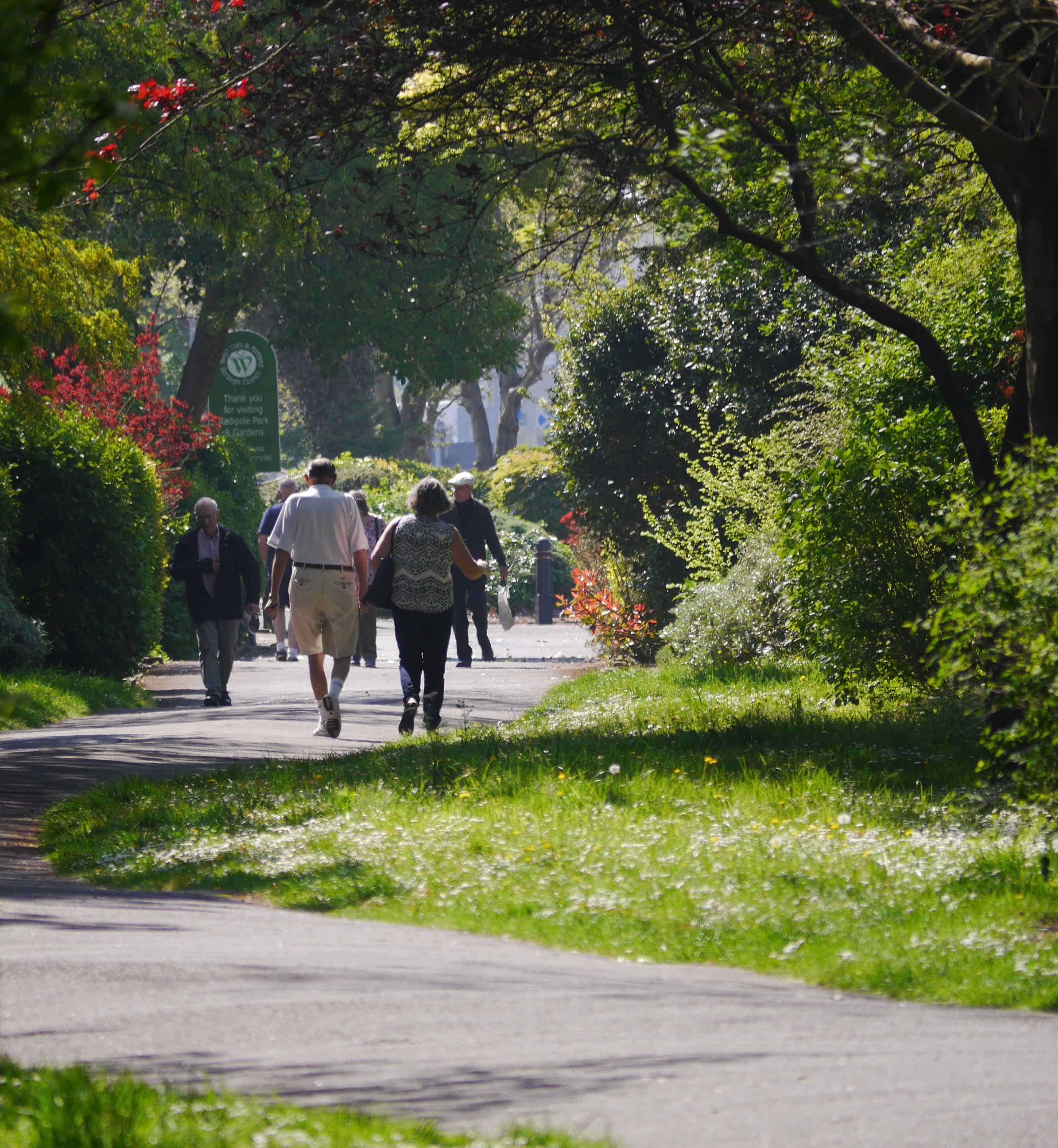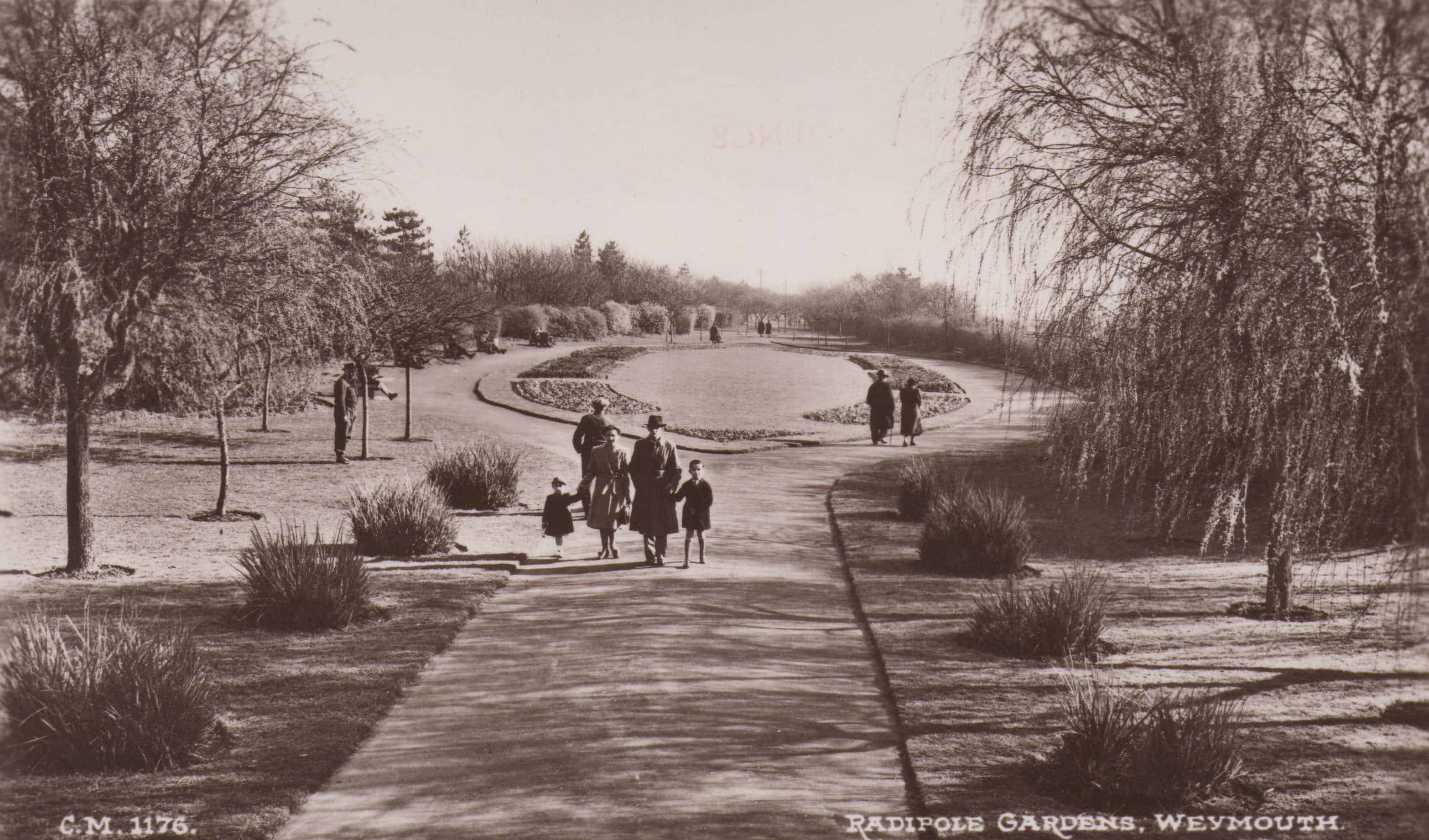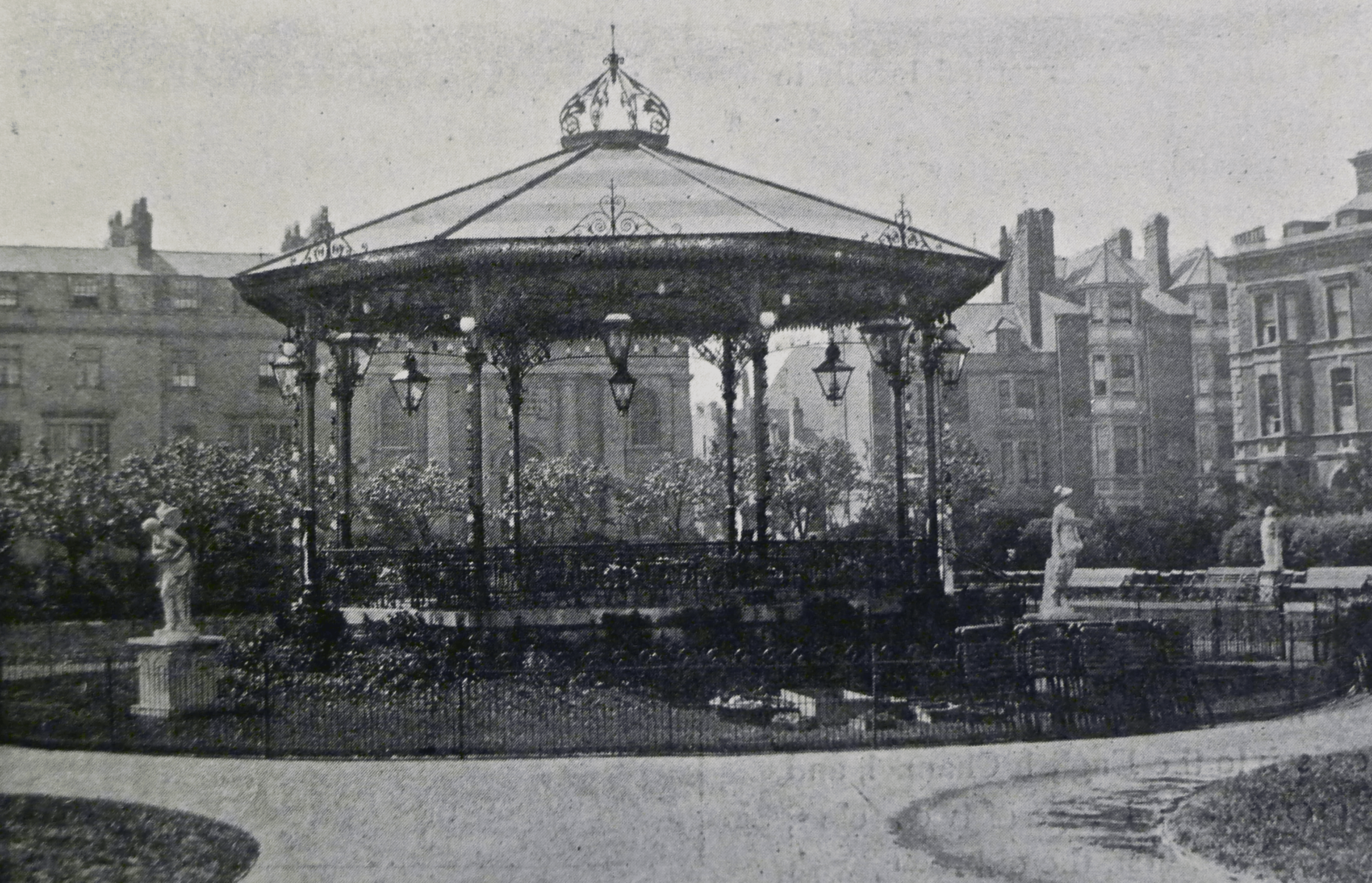
Are Our Green Spaces and Community Buildings Safe?
Might be a slightly contentious post on what aims to be a gardens related site, but it’s one that I personally, and if you love your local parks and gardens maybe we all, should feel very concerned about.
(Here comes the disclaimer bit! These views are purely the author’s own, they do not mean to be political but mere observations and genuine concerns on what we could be and in some cases, are already losing. It’s not written with any intentions to stirring up a hornet’s nest, purely to make people aware that we must treasure what we have and if needs be, fight to keep it.)
***
Who doesn’t love taking a stroll through their local park…

…or enjoy taking their children to the nearest playpark to shoot the ramp, slip the slide or generally let off steam.
Perhaps you have fond memories of picnicking with your family in your favourite park, or those Sunday afternoon family strolls through the gardens decked out in your best obligatory Clark’s sandals and double breasted coat with its velvet collar?
(Did any child wear anything different in those days!)

But maybe we take our public green spaces too much for granted and at our peril?
In a report recently published by the charity Locality ‘English councils deprived of funds by central government are trying to make ends meet by disposing of 20,651 public buildings or spaces in five years.’
That is a staggering amount of much loved, cherished and often well-used public/community assets lost to not only us but also future generations.
Locality has launched a Save our Spaces campaign in attempt to try and stem the flow of disposing of these public ‘assets and keep them within the community.’
Now not being very ‘organisationally’ minded, I honestly can’t claim to comprehend or know the legality of such doings.
Tony Armstrong, Locality‘s chief executive describes what is happening as a ‘selloff on a massive scale.’ More than 4,000 public buildings and spaces are being sold off a year…They are owned by the public and they’re being sold off for short-term gain to fill holes in council’s budgets.’
That’s where we come to the legal bit…how does one, or indeed those in charge of these so termed assets decide who legally owns these parks we cherish and use, or those ornate Victorian buildings frequented by the local community for all manner of reasons. (The old Sidney Hall springs to mind, gifted to the young men of Weymouth by brewer John Groves after the early demise of his son Sidney.)

Take for another example Alexandra Gardens, which was opened in 1867 built on the space formerly known as the Rings.
Dorset County Chronicle (Thursday 14th November 1867) headlines with…
‘MR STEPHENSON’S NOBLE GIFT TO WEYMOUTH’
This was the extremely wealthy and philanthropic George Robert Stephenson who visited Weymouth many times, mooring out in the bay aboard his luxury steam yacht Northumbria, he had rather a soft spot for our town.
In a letter to the town council Stephenson stipulated that ‘the only condition I make is that the laying out of the ground should be commenced at once, so as to enable the public to have the benefit of the proposed pleasure ground without delay.’

In a sense, those Victorians could teach us a thing or two, maybe we need a few 21st century philanthropists with deep pockets such as good old George Stephenson, because returning to the Mr Armstrong and the Locality report, he states that ‘Many hundreds of local community groups are stepping up and fighting for community ownership, but they urgently need support and help with startup costs if they are to compete with the commercial developers.’
Such is the case with many of our local parks and gardens.
Our local parks and green greenspaces department are exterememly hard working and supportive, they do a fantastic job with such levels of staff, tools and deminished budgets that they have available. However, nowadays, many of the voluntary ‘Friends of’ groups play a vital role by fund-raising in any manner they can to provide various pieces of equipment and improvements within their chosen parks.

People walking through Radipole gardens in Weymouth Dorset. One of Weymouth’s public parks and community spaces.
Locality doesn’t deny that ‘selling some land and buildings for private use is appropriate,’ however they go on to warn that ‘the danger is that this becomes the only option for councils unaware of the longer-term benefits of community ownership.’
Stating that ‘In 2016 it became permissible for the sales of public buildings and spaces to be used as revenue to run councils.’
Perhaps we should all become more proactive in making sure that our public green spaces remain just that…green spaces for everyone to freely enjoy and not turned into trading estates or car parks. ( Remember that wonderfully romantic rose walk and flower filled glasshouses in what was once Melcombe Regis gardens?)

Just think on, once those headlines hot off the press foretell of yet another green area about to be converted to soulless grey concrete…it’s already too late!
***
I intend to write later about some of those wonderful individuals, businesses and organisations that have, and still do, support us as a Friends group in our attempts to continue making improvements to Radipole park and gardens for the local community.
If you feel that you or the company you work for could help in any way shape or form, no matter how small (or indeed big) please don’t hesitate to get in touch.
Look upon it as helping us to help your local community.
*********
Further light reading should you so desire;
Article on the Locality report;
http://www.pressreader.com/uk/the-independent/20180619/281745565105347
Localty Report;
History Sidney Groves Memorial Hall.
https://susanhogben.wordpress.com/2014/03/27/sidney-groves-memorial-hall-1900-1987/
*********

are being supported by





No Comments